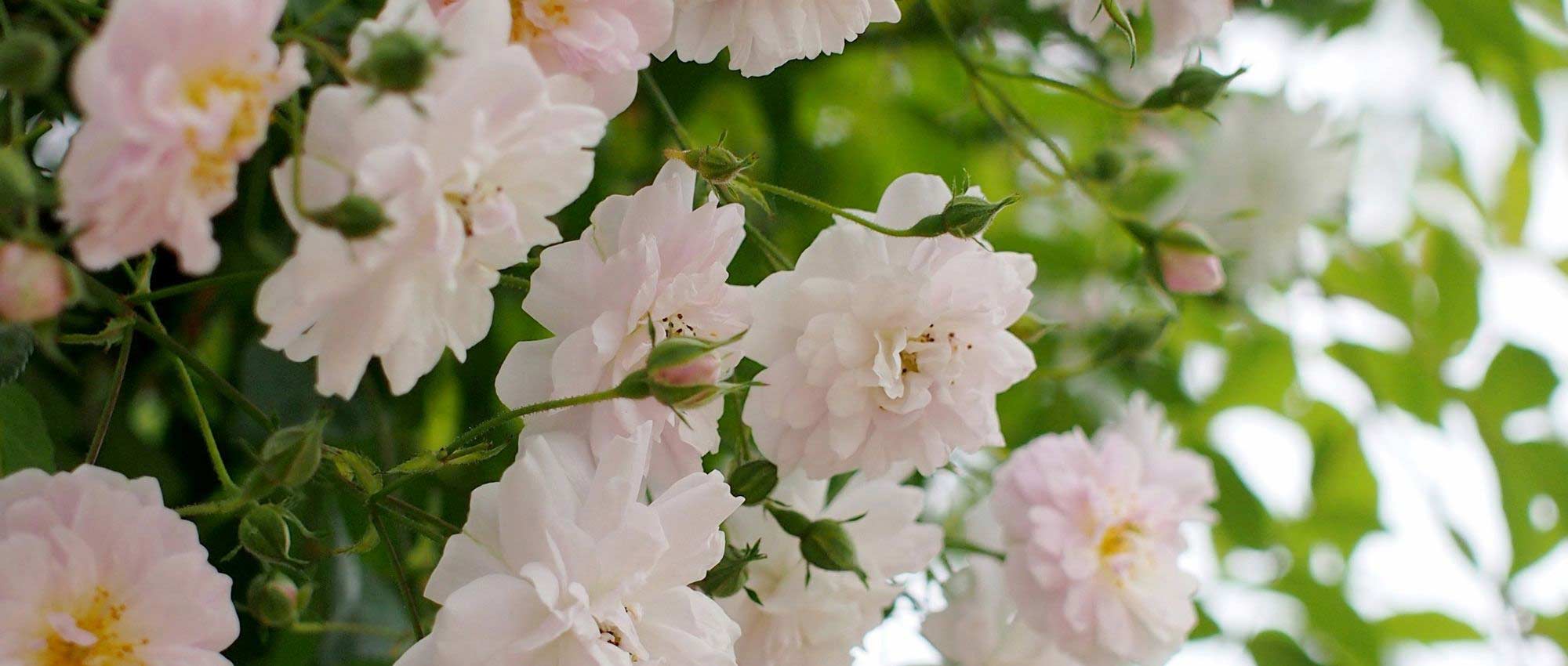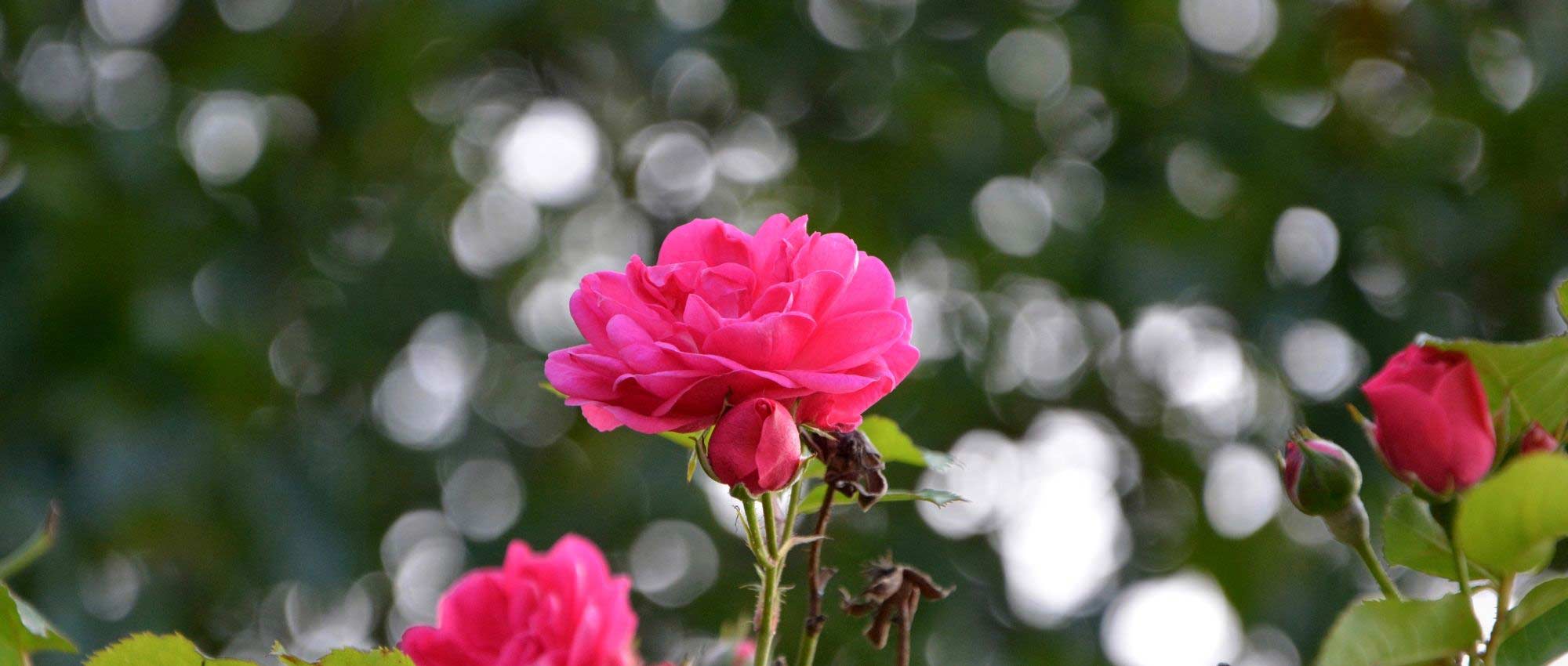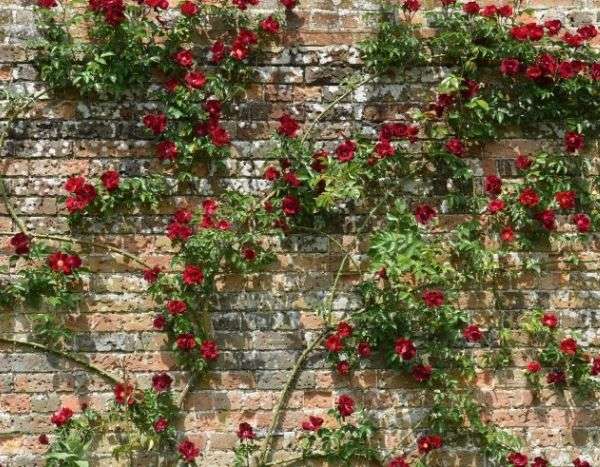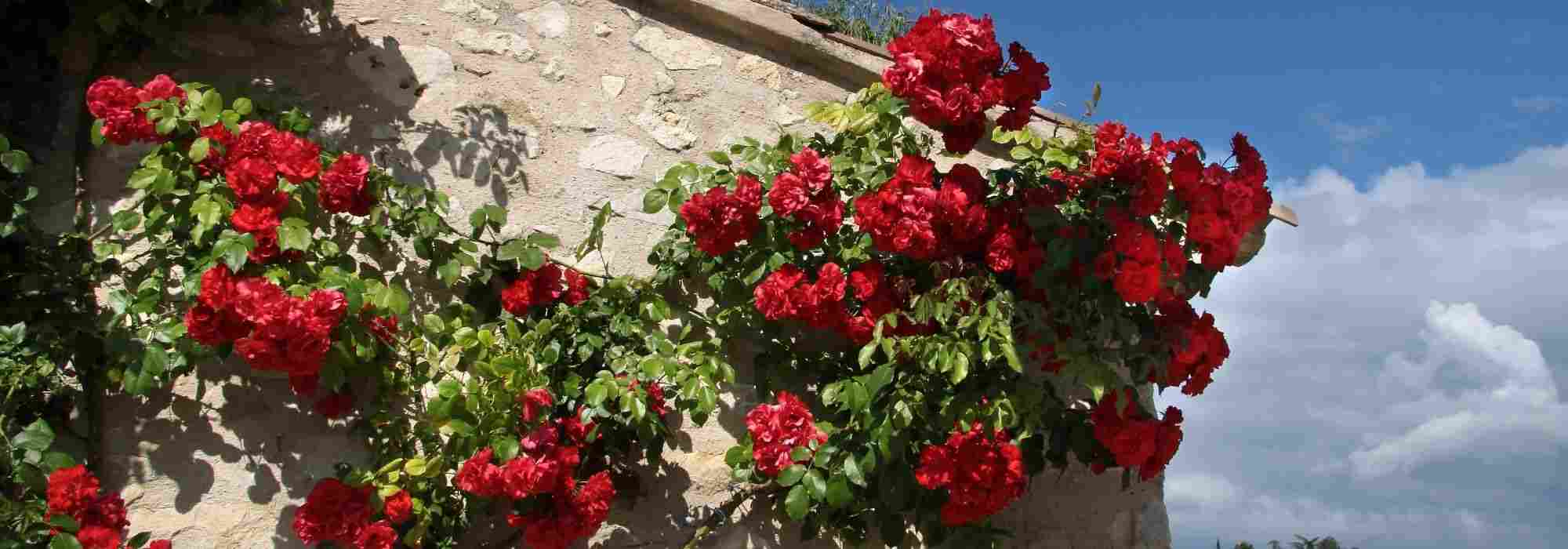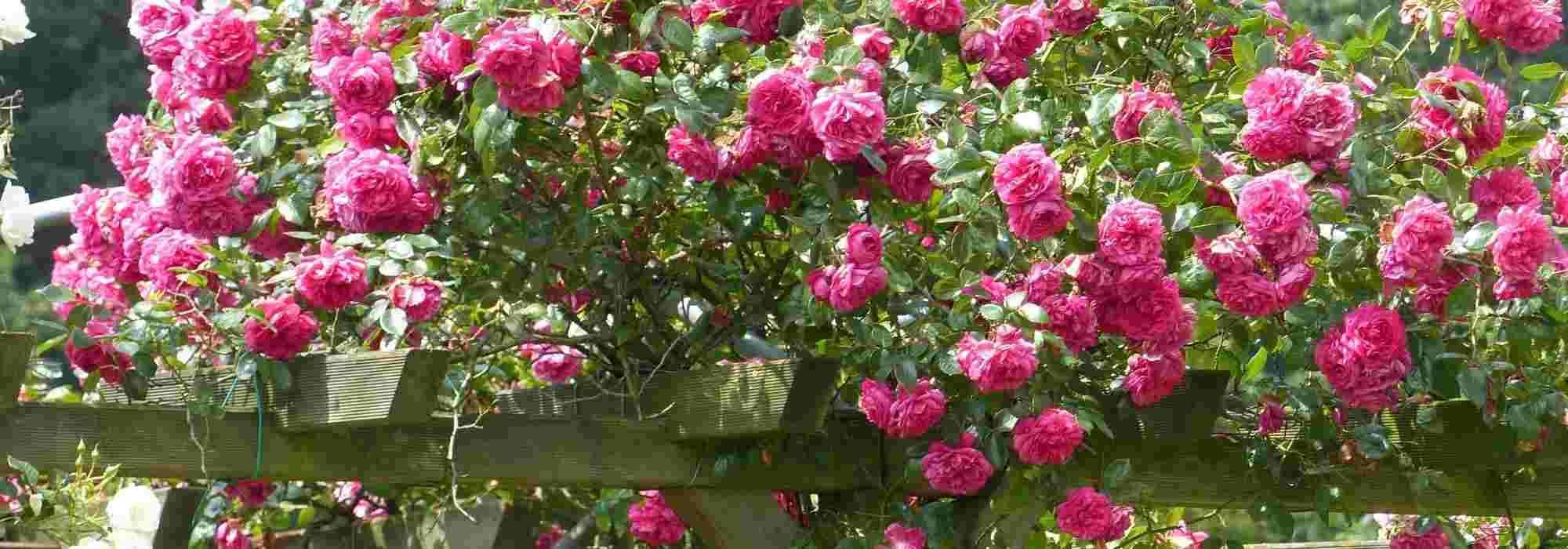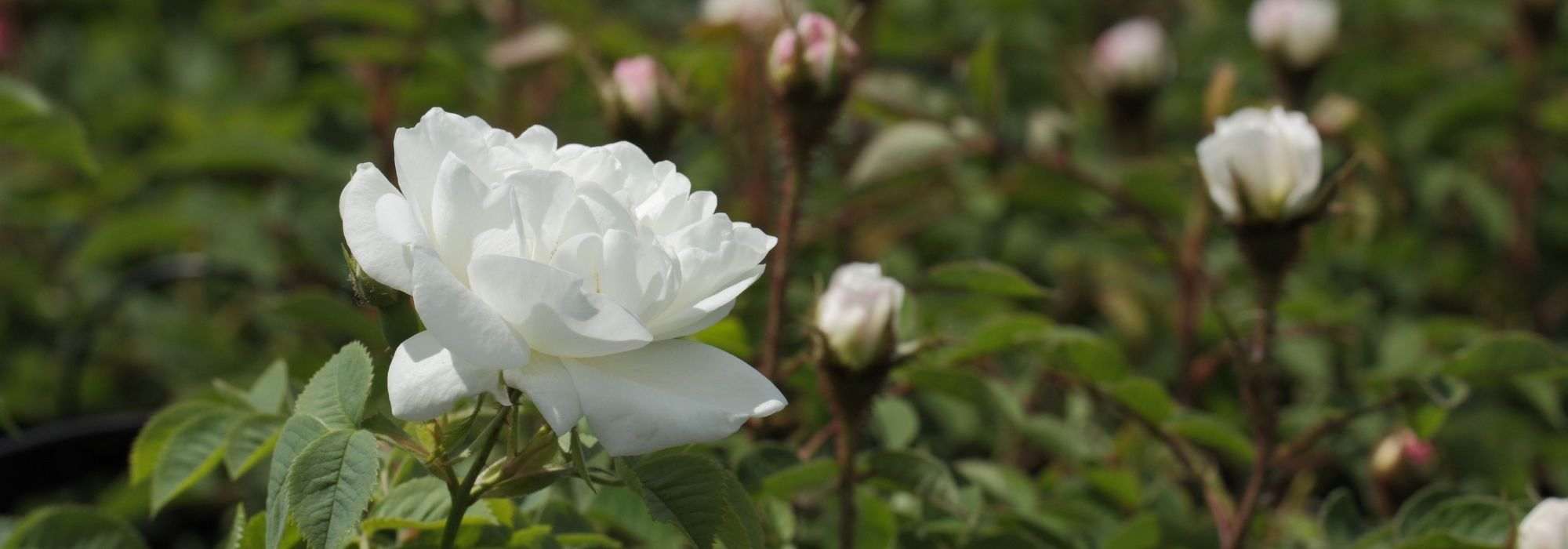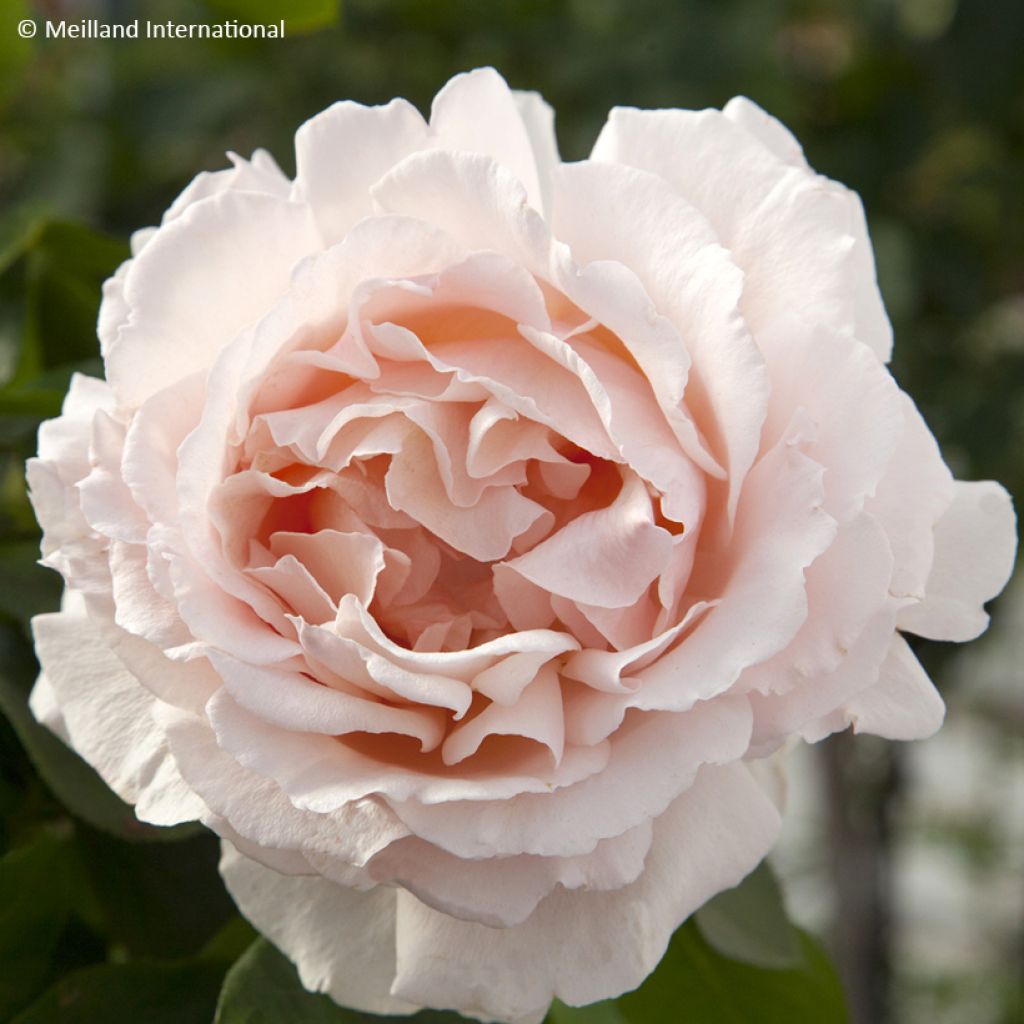

Rosa André Le Nôtre Climbing - Climbing Rose
Rosa André Le Nôtre Climbing - Climbing Rose
Rosa 'Meilinday' GPT ANDRE LE NOTRE®
Climbing Rose
Special offer!
Receive a €20 voucher for any order over €90 (excluding delivery costs, credit notes, and plastic-free options)!
1- Add your favorite plants to your cart.
2- Once you have reached €90, confirm your order (you can even choose the delivery date!).
3- As soon as your order is shipped, you will receive an email containing your voucher code, valid for 3 months (90 days).
Your voucher is unique and can only be used once, for any order with a minimum value of €20, excluding delivery costs.
Can be combined with other current offers, non-divisible and non-refundable.
Home or relay delivery (depending on size and destination)
Schedule delivery date,
and select date in basket
We guarantee the quality of our plants for a full growing cycle, and will replace at our expense any plant that fails to recover under normal climatic and planting conditions.

Description
The André Le Nôtre® 'Meilinday' climbing rose - the climbing version of the famous bush - embodies the majesty and refinement of French-style gardens. With its abundant pastel and ochre roses, it offers prolific and fragrant blooms which continue until the first frosts. Remarkably vigorous, it produces long, flexible branches perfect for large structures like walls, pergolas, or arbours. Its dense, disease-resistant foliage enhances the brilliance of its flowers.
The André Le Nôtre® 'Meilinday' rose belongs to the Rosaceae family and is part of the Large-Flowered Climbers group. In its climbing form, it reinterprets the timeless elegance of old roses while benefiting from exceptional vigour and improved disease resistance. Derived from the André Le Nôtre® 'Meiceppus' bush rose, it retains the fragrant flowering that made the variety famous, while developing a powerful sarmentous habit, ideal for dressing large vertical garden structures. Its large, opulent double roses, measuring 12 to 13 cm in diameter, evoke the charm of old roses with their form and silky texture. formed of 60 to 70 petals, they bloom into romantic corollas of luminous pastel pink, warmed at the heart by subtle ochre tones. Their intense, refined fragrance blends the floral hints of the May Rose with delicate fruity touches. Thanks to their excellent vase life, these sumptuous flowers are perfect for creating refined and romantic cut flower arrangements. Its flowering begins with a spectacular first wave followed by regular repeats throughout the season. A more pronounced resurgence occurs in early autumn, lasting until the first frosts, ensuring a prolonged floral presence in the garden. With vigorous and rapid growth, this climbing rose develops long thorny stems reaching 2.50 to 3 metres in height and about 3 metres in spread. Its medium-green, semi-matt, dense foliage provides the perfect setting for its flowers and persists late into the season. Its disease resistance makes it a top choice for gardeners seeking a robust and floriferous variety.
The André Le Nôtre rose requires space to flourish fully and is ideally suited to large walls, pergolas, fences, or arbours where it can elegantly display its long branches. To achieve optimal flowering, it is essential to train it methodically horizontally, which encourages the growth of numerous flowering stems. To enhance its romantic effect, it can be paired with a Pierre de Ronsard® rose whose large, soft pink flowers harmonise subtly with its pastel tones accentuated by ochre highlights. At its base, a 'Grosso' lavender and the slender spikes of a Stipa gigantea will harmoniously give structure to the space while adding movement.
Dedicated to André Le Nôtre, the master of French-style gardens, this rose embodies the legacy of a visionary man who revolutionised landscaping art by playing with perspectives, water features, and groves in plant scenography.
Plant habit
Flowering
Foliage
Botanical data
Rosa
'Meilinday' GPT ANDRE LE NOTRE®
Rosaceae
Climbing Rose
Rosa 'Meilinday' GPT ANDRE LE NOTRE®
Cultivar or hybrid
Planting and care
Plant your André Le Nôtre Rose in a sunny position. Roses are tolerant but dislike excessive lime and thrive best in fertile, well-drained soil. They will adapt to any garden as long as the ground is well-prepared and sufficiently rich. To plant your rose, work the soil by breaking it up finely and adding an amendment such as dried blood or dehydrated horn at the bottom of the planting hole. Water generously after planting to eliminate any air pockets. Water regularly for a few weeks to encourage root establishment.
In late winter, prune the oldest stems back to 3-5 buds above the ground (at the lowest point), choosing outward-facing buds for a more elegant habit. Use this pruning opportunity to remove any dead wood and unsightly branches. Prune at a slant above a bud. As flowering progresses, deadhead to stimulate the growth of new buds.
If planting a climbing or rambling rose near a living tree, the rose's root system will compete with the well-established tree roots. To control watering, here’s a tip: plant the rose in a large container with the bottom removed, placed at the base of the tree. The tree roots won’t penetrate the container for at least a year. Remove the container after one year, for example by cutting one side, without disturbing the rose's root system. The rose will have had time to develop a deep root system and will be more resilient.
Roses often develop spots or look unsightly by late summer, but this does not affect their growth. These spots are not harmful to the rose—it’s a natural phenomenon. Follow all our advice to address this issue and read our article: Help: My Roses Have Spots
Planting period
Intended location
Care
Planting & care advice
This item has not been reviewed yet - be the first to leave a review about it.
Haven't found what you were looking for?
Hardiness is the lowest winter temperature a plant can endure without suffering serious damage or even dying. However, hardiness is affected by location (a sheltered area, such as a patio), protection (winter cover) and soil type (hardiness is improved by well-drained soil).

Photo Sharing Terms & Conditions
In order to encourage gardeners to interact and share their experiences, Promesse de fleurs offers various media enabling content to be uploaded onto its Site - in particular via the ‘Photo sharing’ module.
The User agrees to refrain from:
- Posting any content that is illegal, prejudicial, insulting, racist, inciteful to hatred, revisionist, contrary to public decency, that infringes on privacy or on the privacy rights of third parties, in particular the publicity rights of persons and goods, intellectual property rights, or the right to privacy.
- Submitting content on behalf of a third party;
- Impersonate the identity of a third party and/or publish any personal information about a third party;
In general, the User undertakes to refrain from any unethical behaviour.
All Content (in particular text, comments, files, images, photos, videos, creative works, etc.), which may be subject to property or intellectual property rights, image or other private rights, shall remain the property of the User, subject to the limited rights granted by the terms of the licence granted by Promesse de fleurs as stated below. Users are at liberty to publish or not to publish such Content on the Site, notably via the ‘Photo Sharing’ facility, and accept that this Content shall be made public and freely accessible, notably on the Internet.
Users further acknowledge, undertake to have ,and guarantee that they hold all necessary rights and permissions to publish such material on the Site, in particular with regard to the legislation in force pertaining to any privacy, property, intellectual property, image, or contractual rights, or rights of any other nature. By publishing such Content on the Site, Users acknowledge accepting full liability as publishers of the Content within the meaning of the law, and grant Promesse de fleurs, free of charge, an inclusive, worldwide licence for the said Content for the entire duration of its publication, including all reproduction, representation, up/downloading, displaying, performing, transmission, and storage rights.
Users also grant permission for their name to be linked to the Content and accept that this link may not always be made available.
By engaging in posting material, Users consent to their Content becoming automatically accessible on the Internet, in particular on other sites and/or blogs and/or web pages of the Promesse de fleurs site, including in particular social pages and the Promesse de fleurs catalogue.
Users may secure the removal of entrusted content free of charge by issuing a simple request via our contact form.
The flowering period indicated on our website applies to countries and regions located in USDA zone 8 (France, the United Kingdom, Ireland, the Netherlands, etc.)
It will vary according to where you live:
- In zones 9 to 10 (Italy, Spain, Greece, etc.), flowering will occur about 2 to 4 weeks earlier.
- In zones 6 to 7 (Germany, Poland, Slovenia, and lower mountainous regions), flowering will be delayed by 2 to 3 weeks.
- In zone 5 (Central Europe, Scandinavia), blooming will be delayed by 3 to 5 weeks.
In temperate climates, pruning of spring-flowering shrubs (forsythia, spireas, etc.) should be done just after flowering.
Pruning of summer-flowering shrubs (Indian Lilac, Perovskia, etc.) can be done in winter or spring.
In cold regions as well as with frost-sensitive plants, avoid pruning too early when severe frosts may still occur.
The planting period indicated on our website applies to countries and regions located in USDA zone 8 (France, United Kingdom, Ireland, Netherlands).
It will vary according to where you live:
- In Mediterranean zones (Marseille, Madrid, Milan, etc.), autumn and winter are the best planting periods.
- In continental zones (Strasbourg, Munich, Vienna, etc.), delay planting by 2 to 3 weeks in spring and bring it forward by 2 to 4 weeks in autumn.
- In mountainous regions (the Alps, Pyrenees, Carpathians, etc.), it is best to plant in late spring (May-June) or late summer (August-September).
The harvesting period indicated on our website applies to countries and regions in USDA zone 8 (France, England, Ireland, the Netherlands).
In colder areas (Scandinavia, Poland, Austria...) fruit and vegetable harvests are likely to be delayed by 3-4 weeks.
In warmer areas (Italy, Spain, Greece, etc.), harvesting will probably take place earlier, depending on weather conditions.
The sowing periods indicated on our website apply to countries and regions within USDA Zone 8 (France, UK, Ireland, Netherlands).
In colder areas (Scandinavia, Poland, Austria...), delay any outdoor sowing by 3-4 weeks, or sow under glass.
In warmer climes (Italy, Spain, Greece, etc.), bring outdoor sowing forward by a few weeks.

































